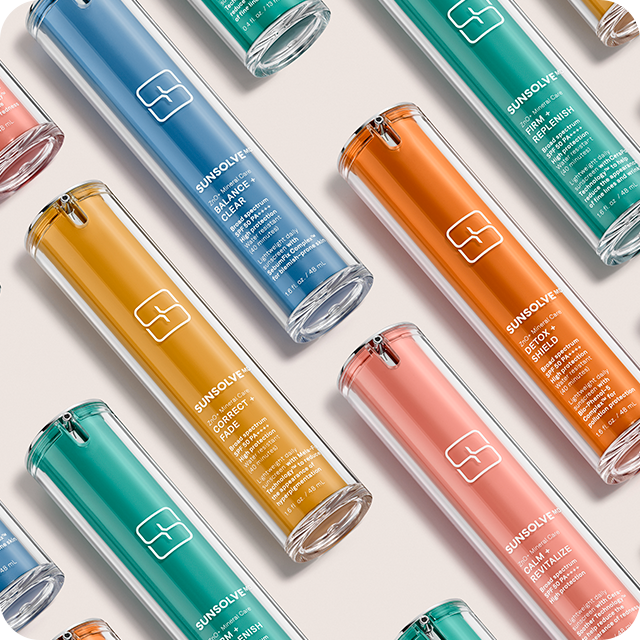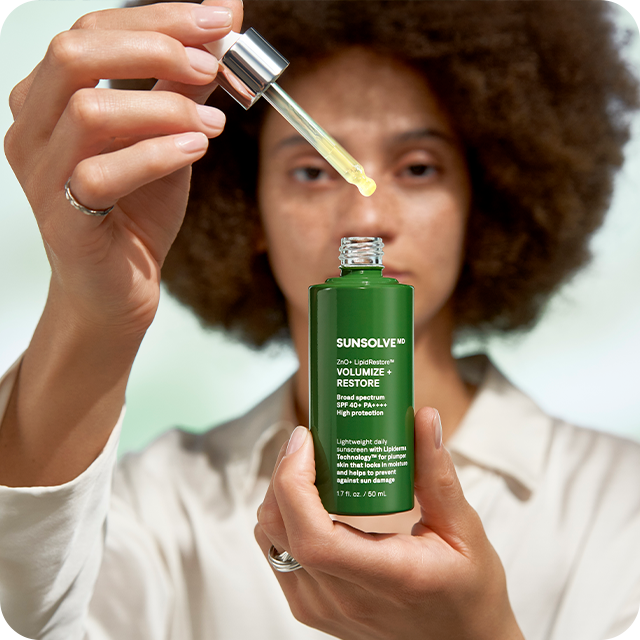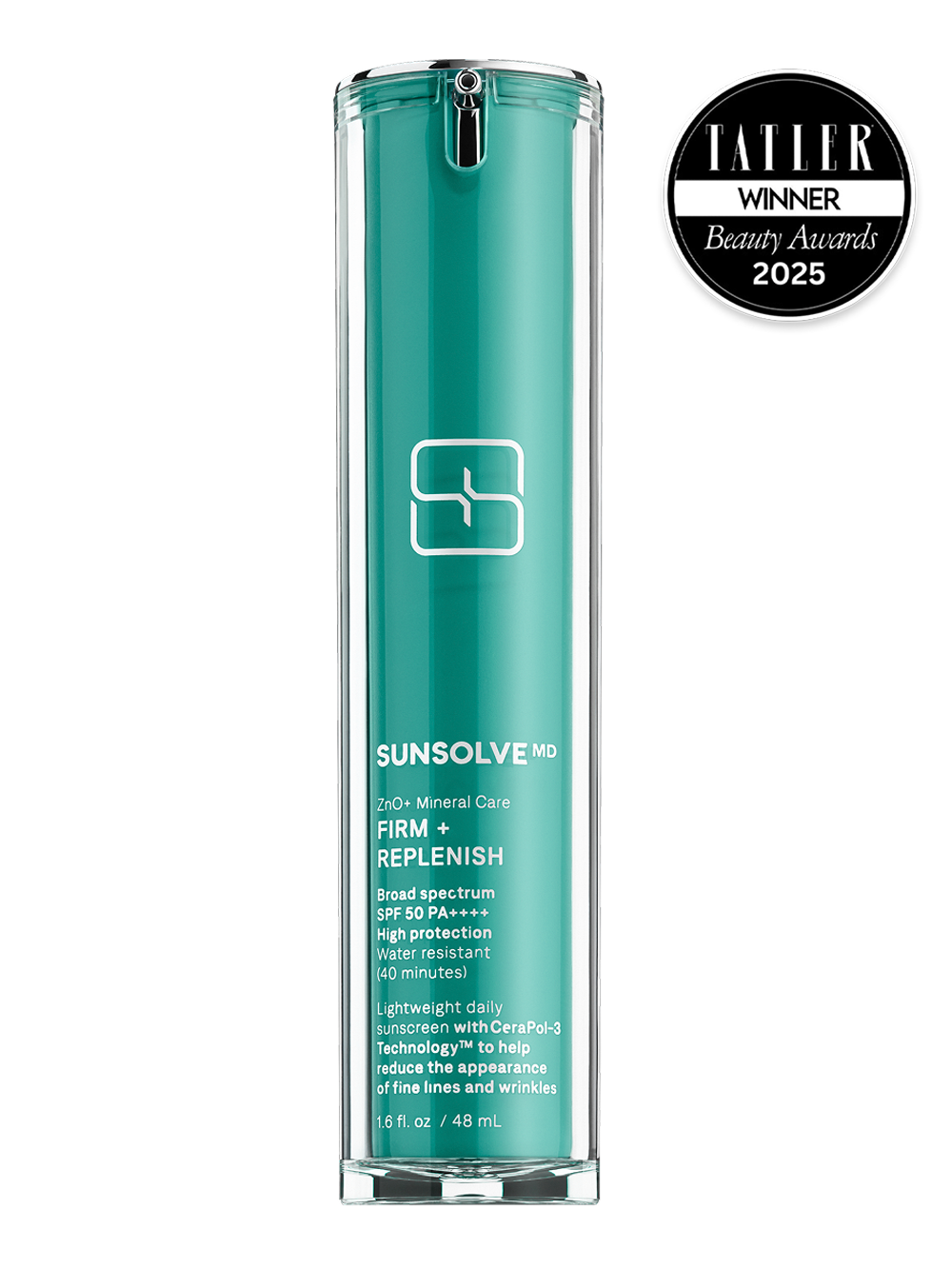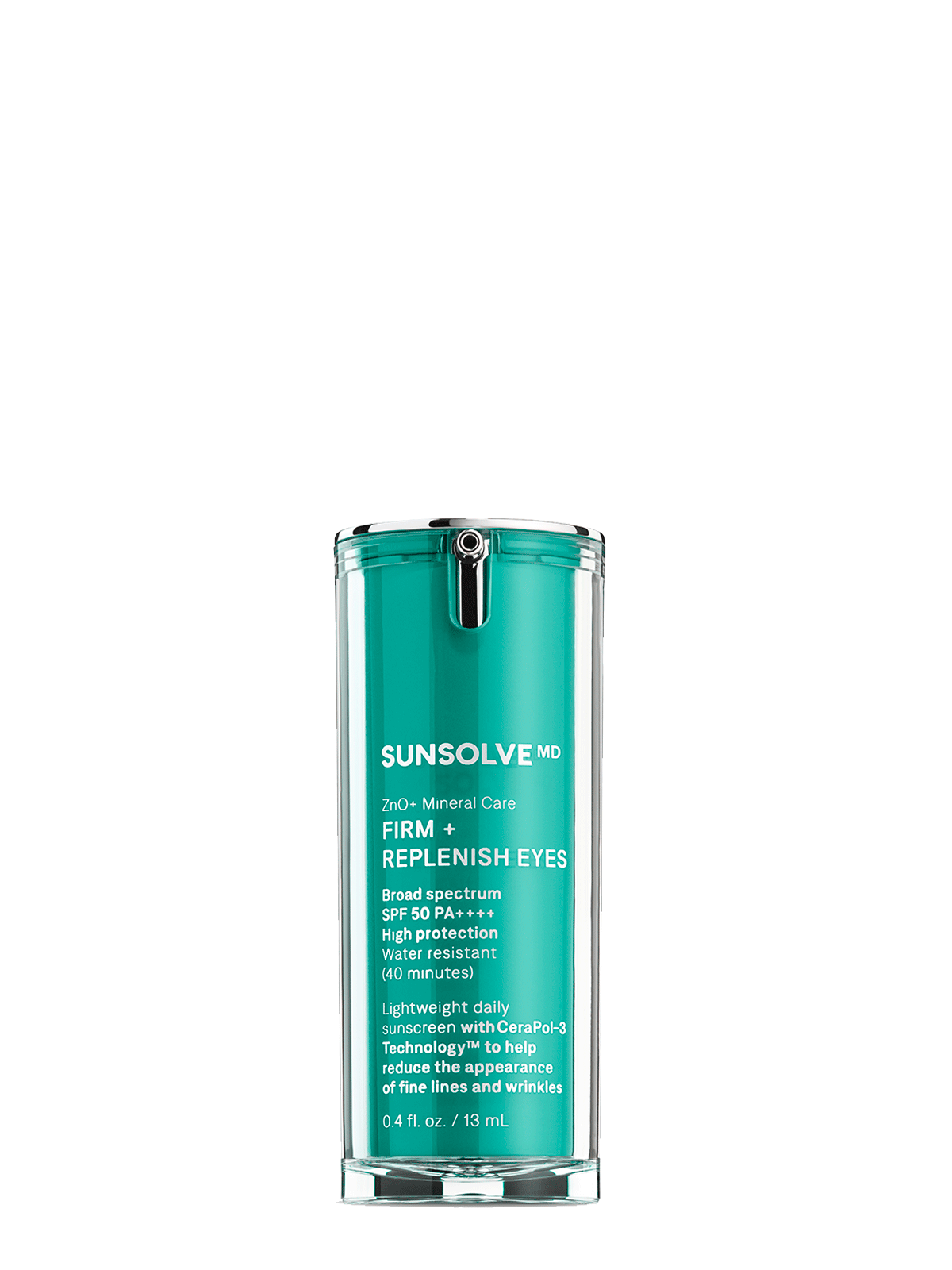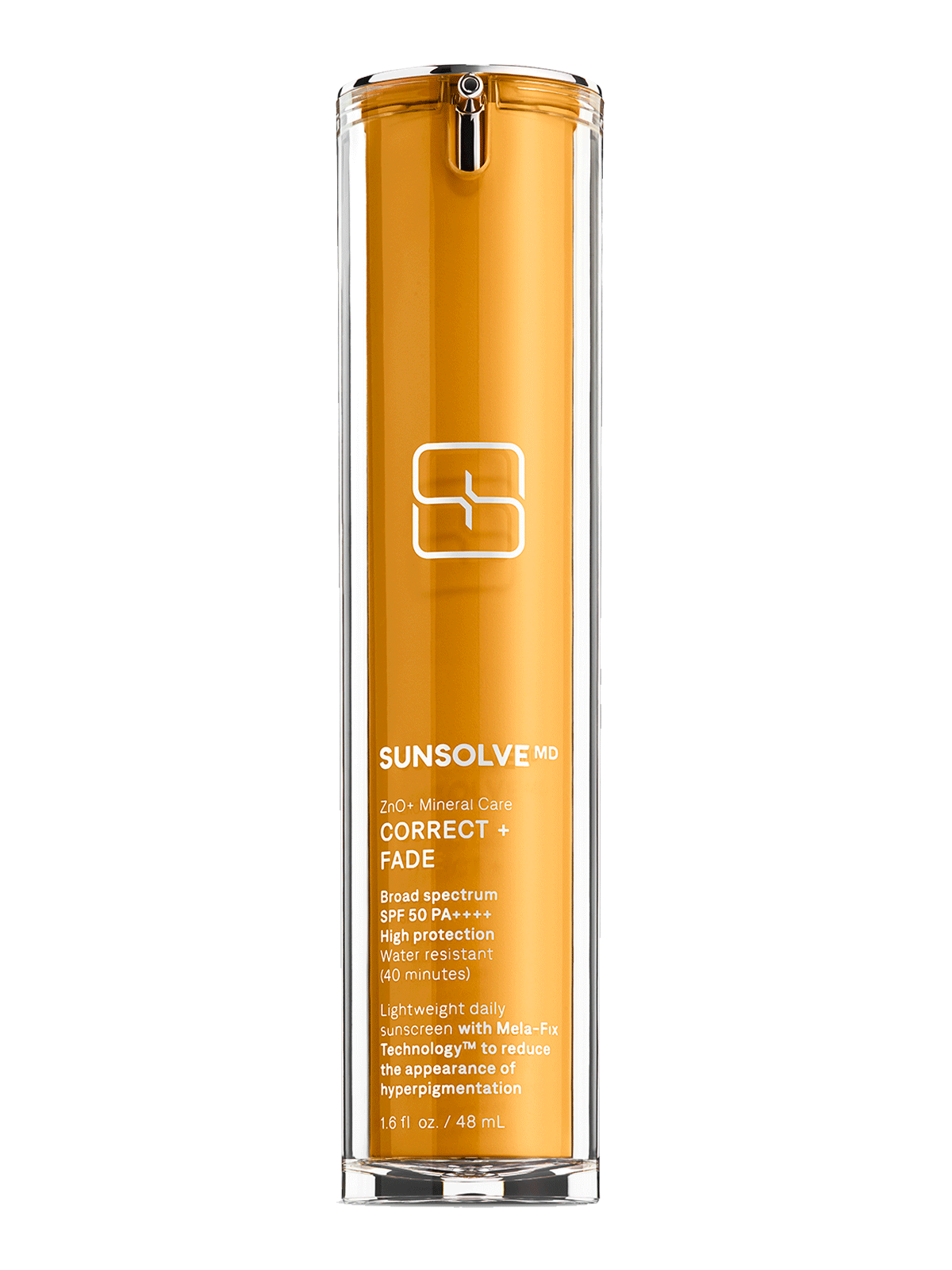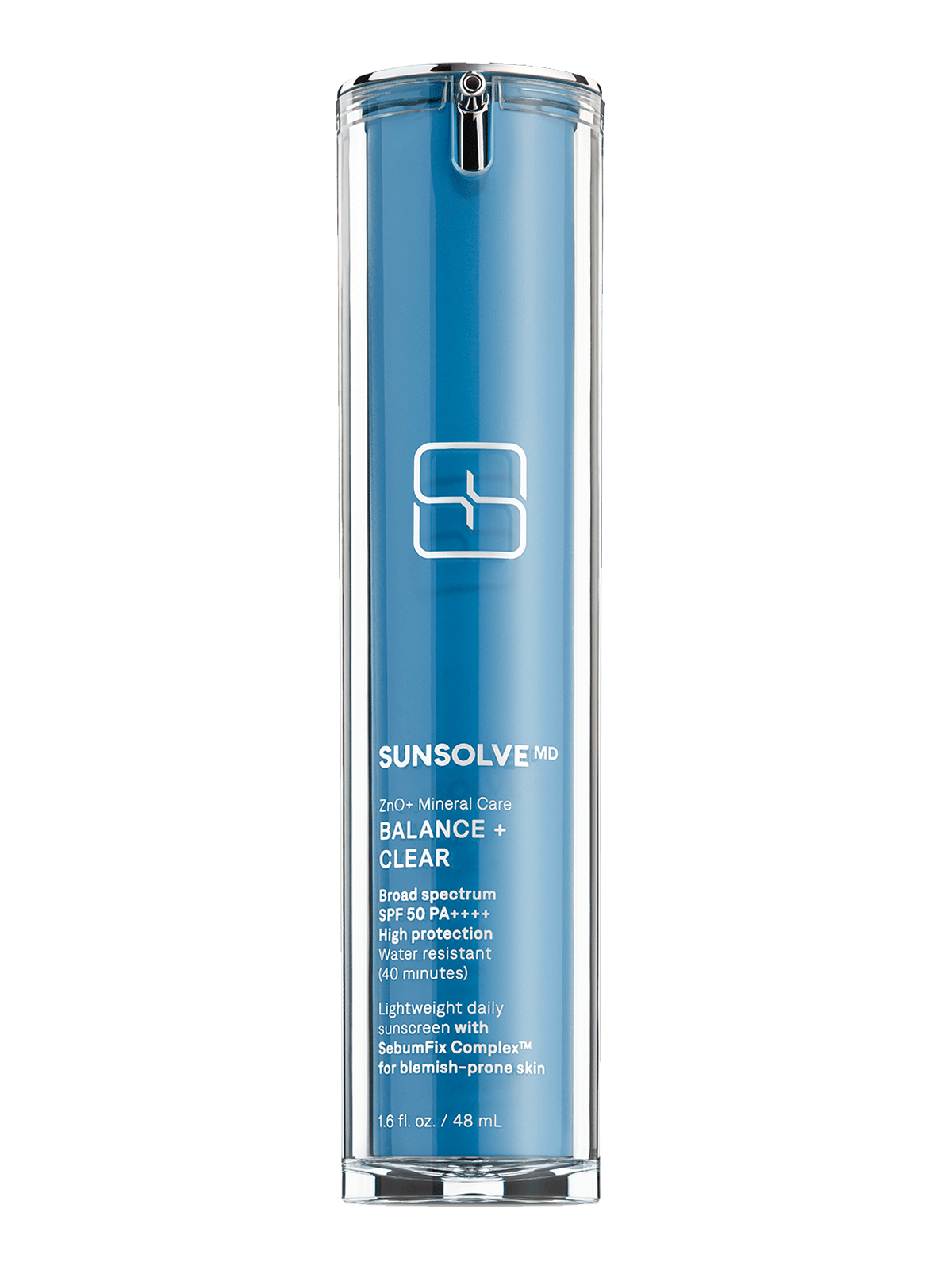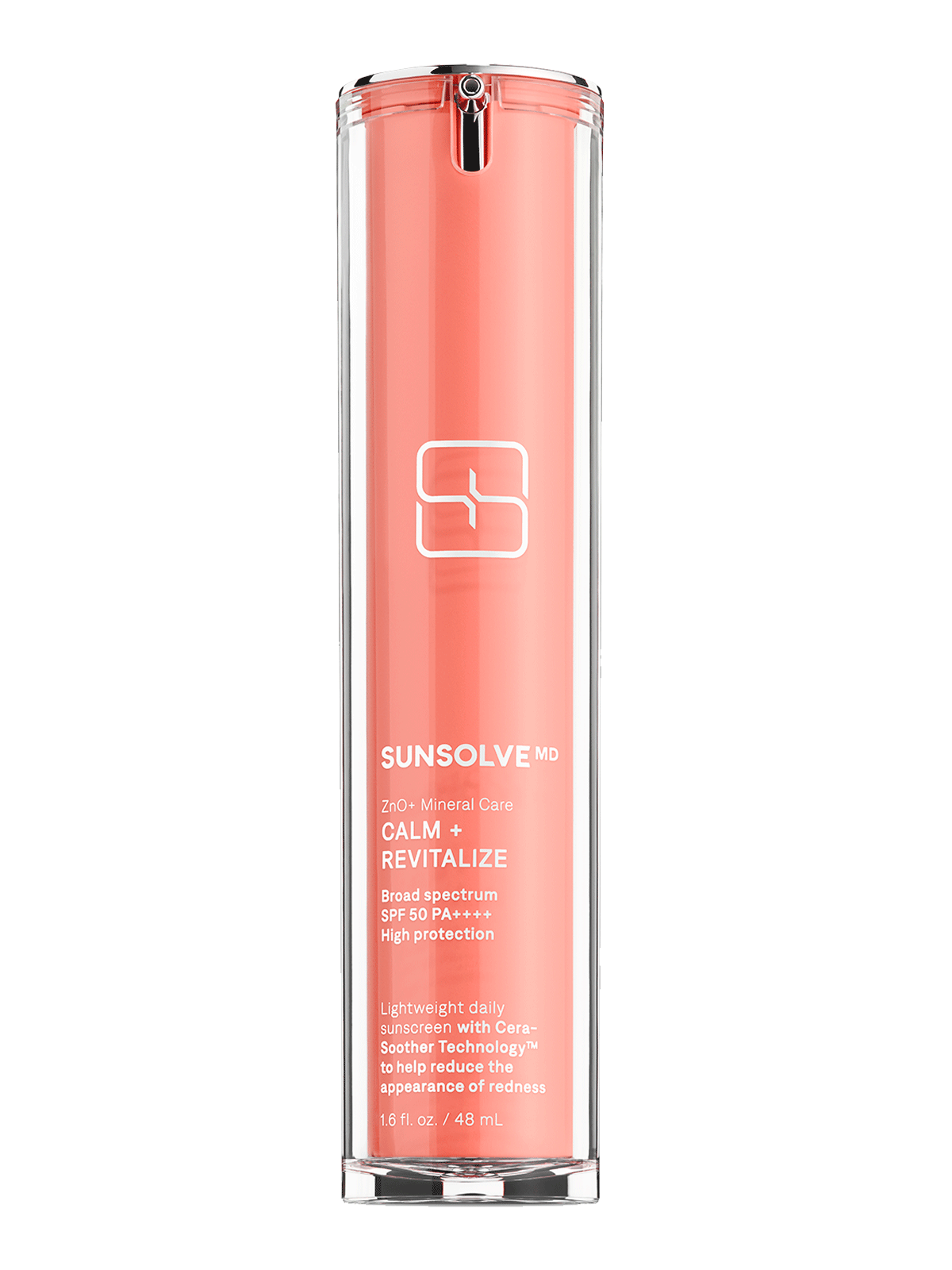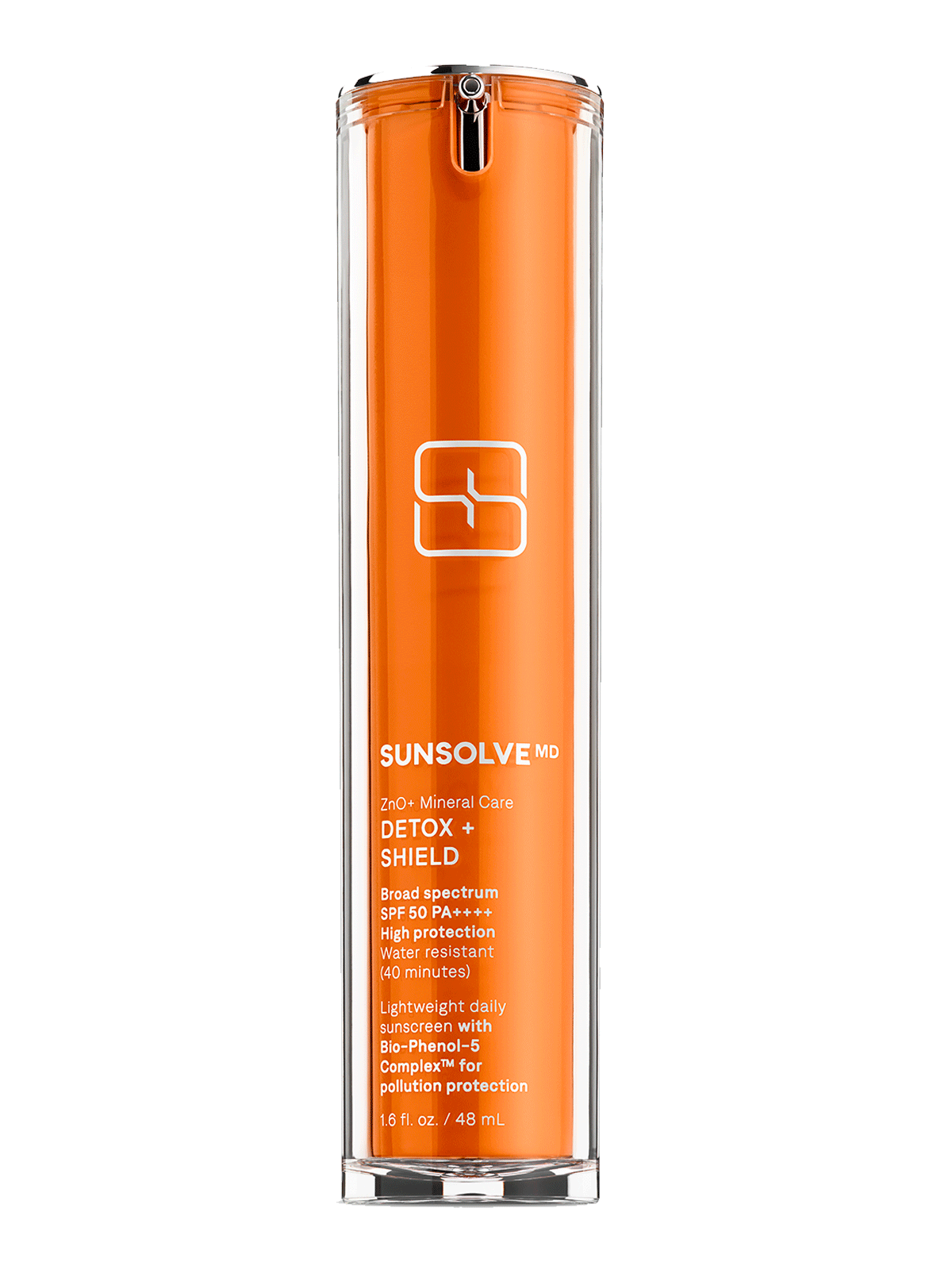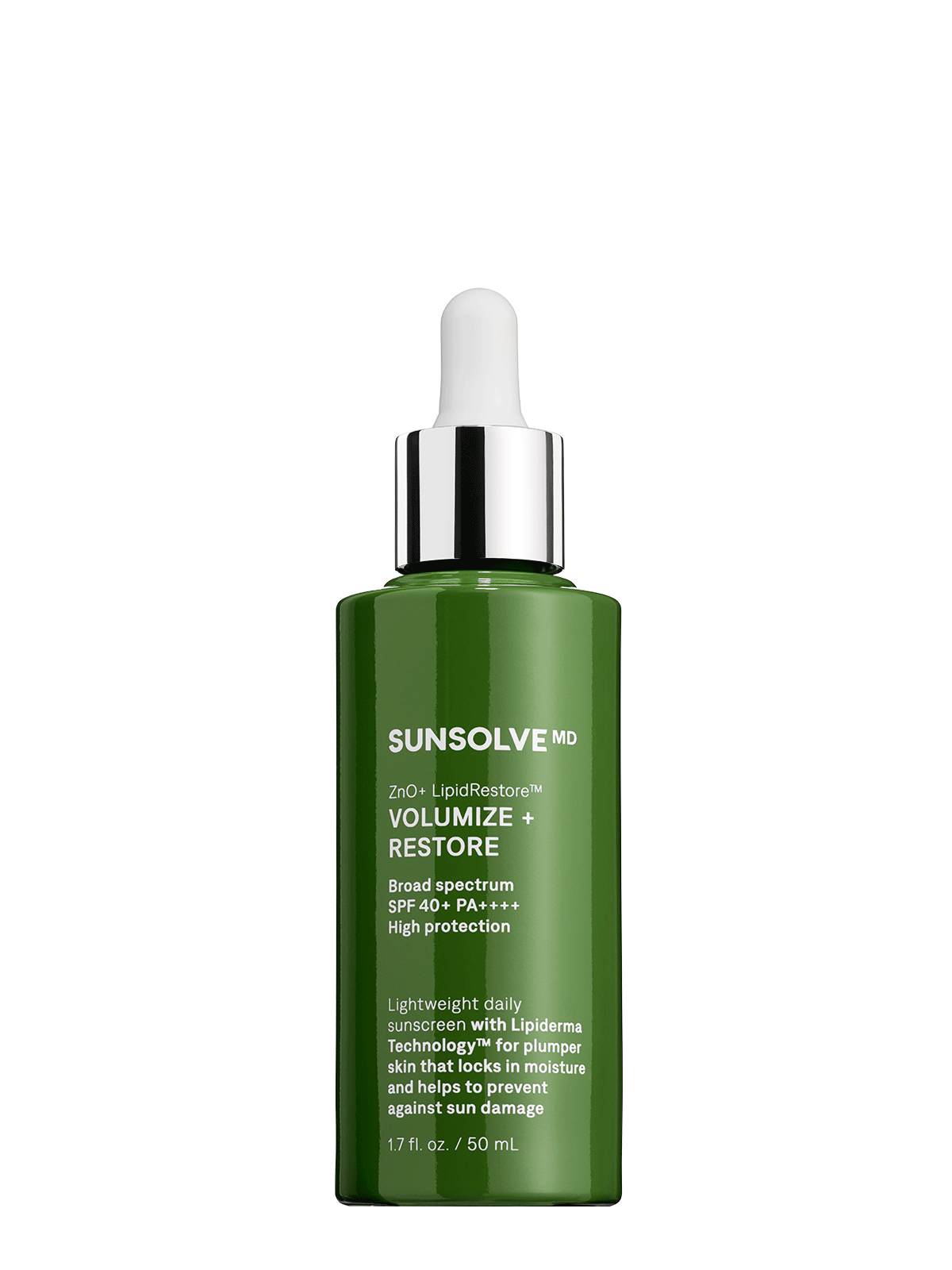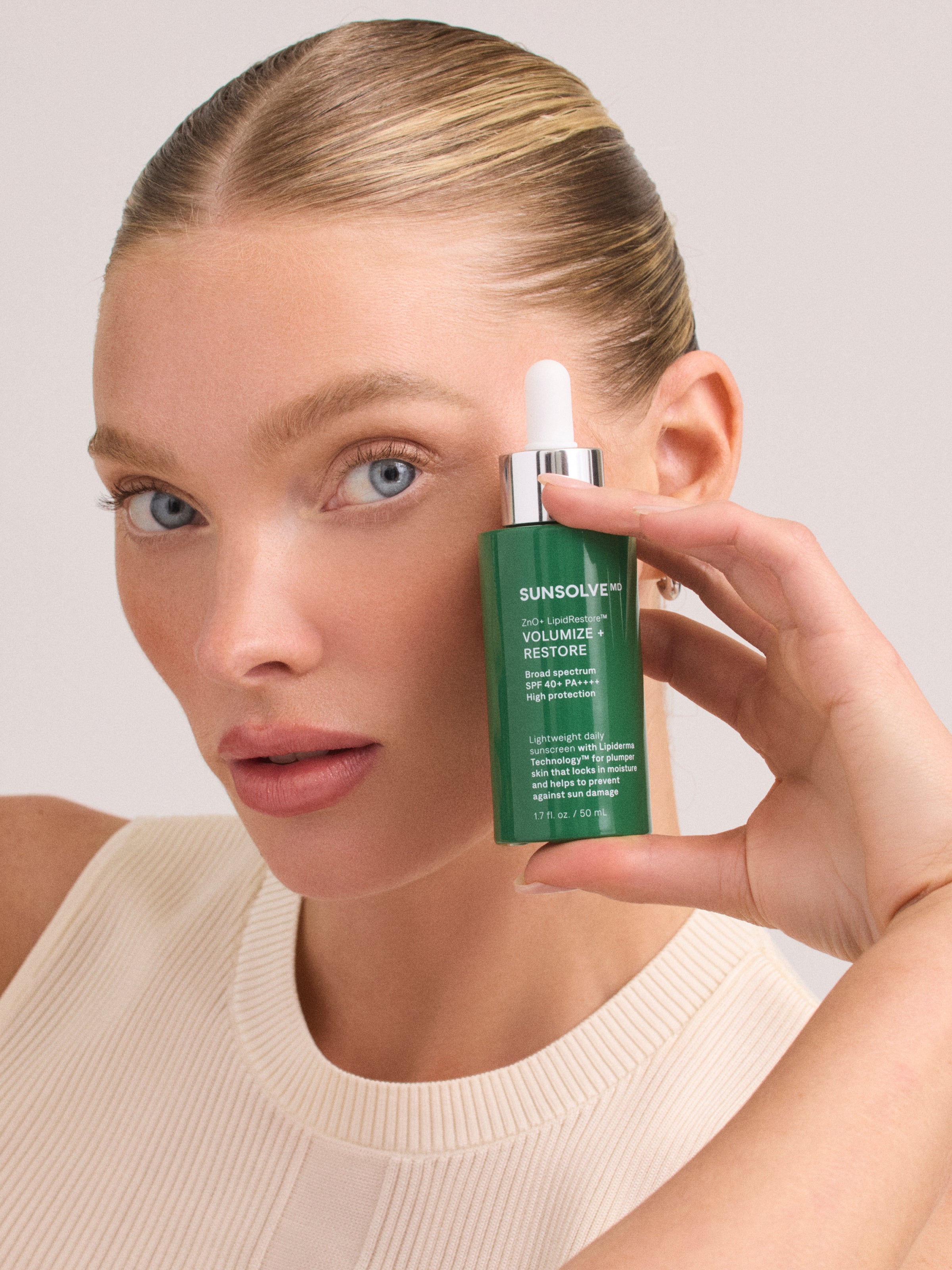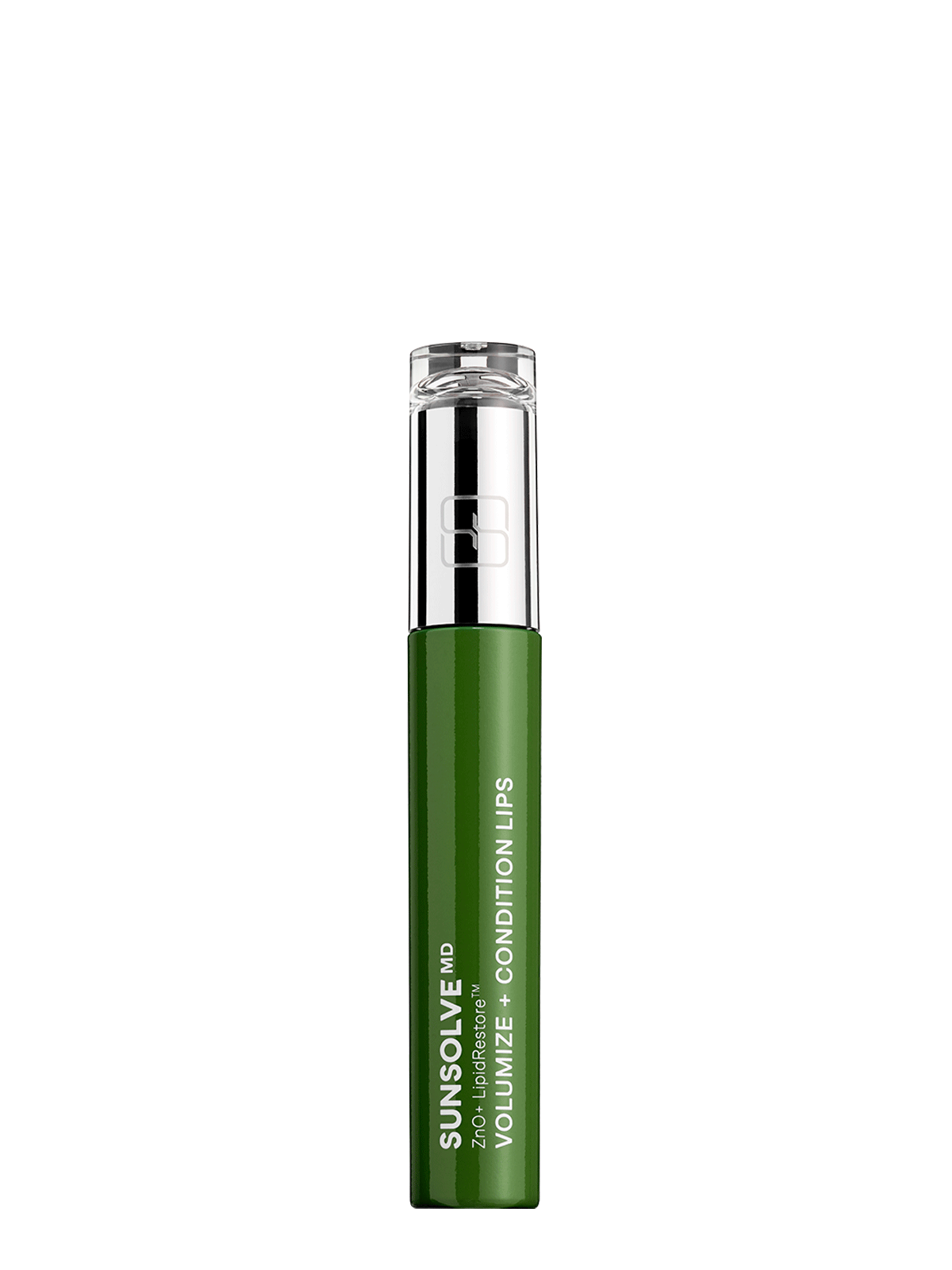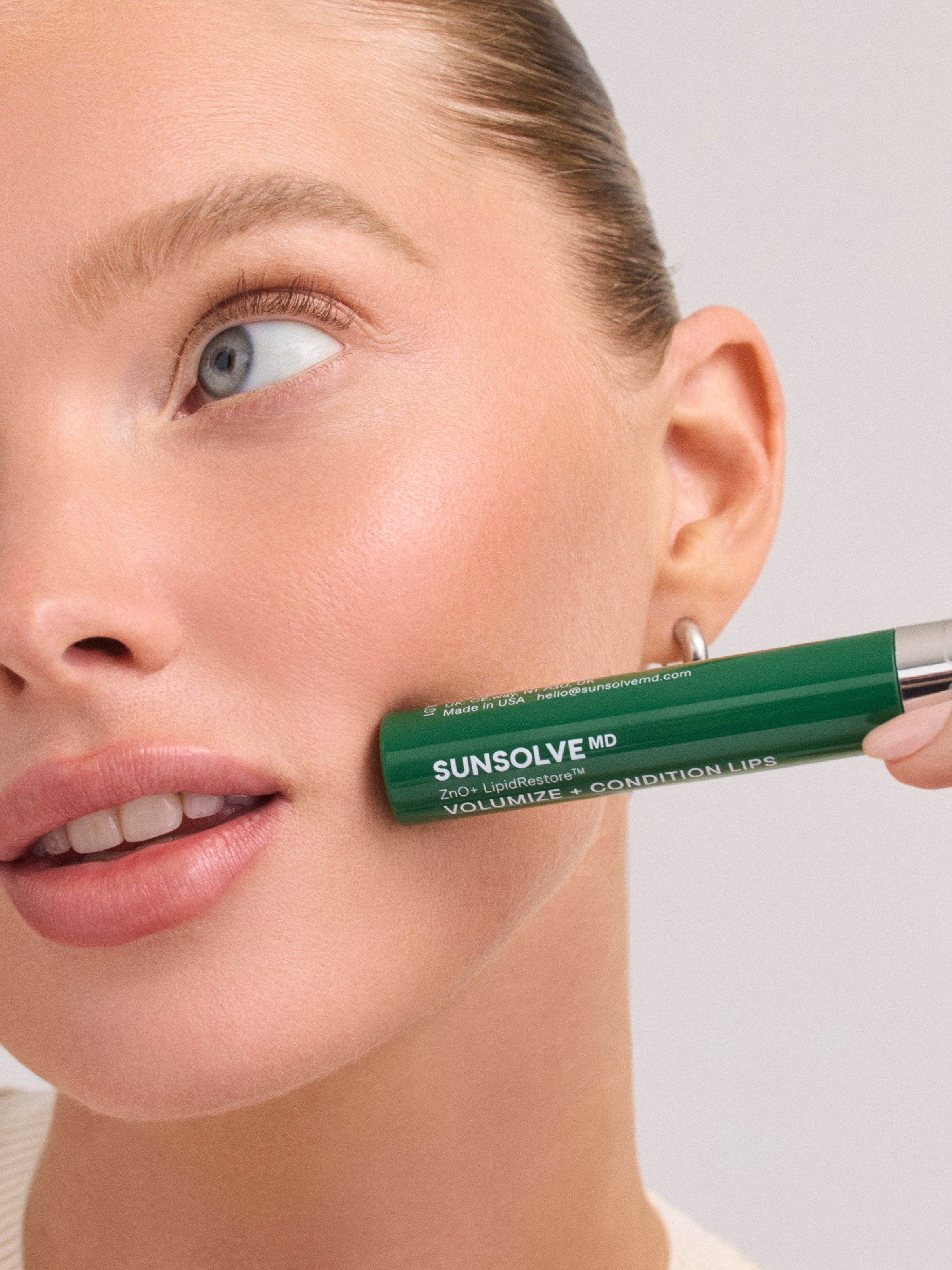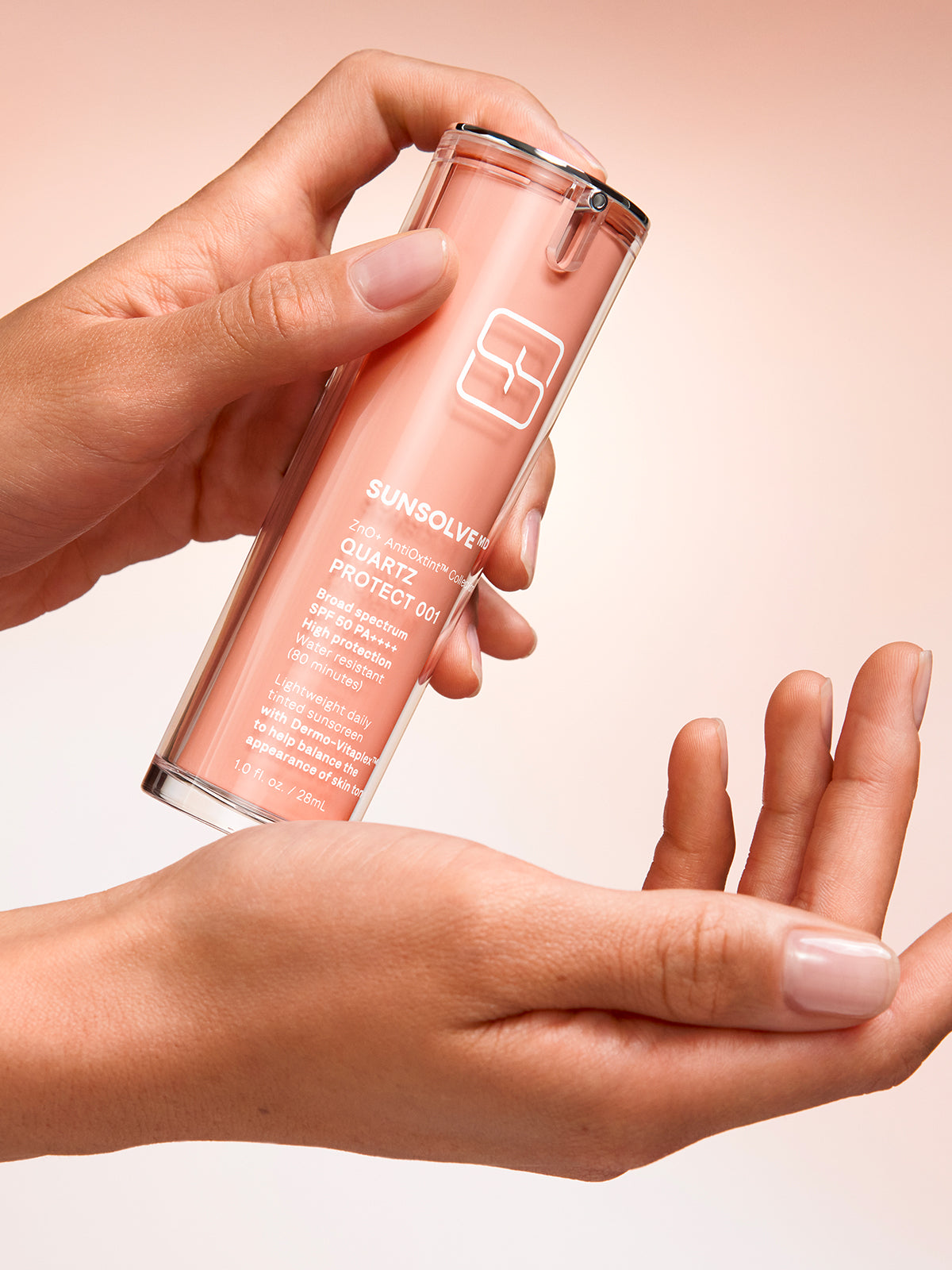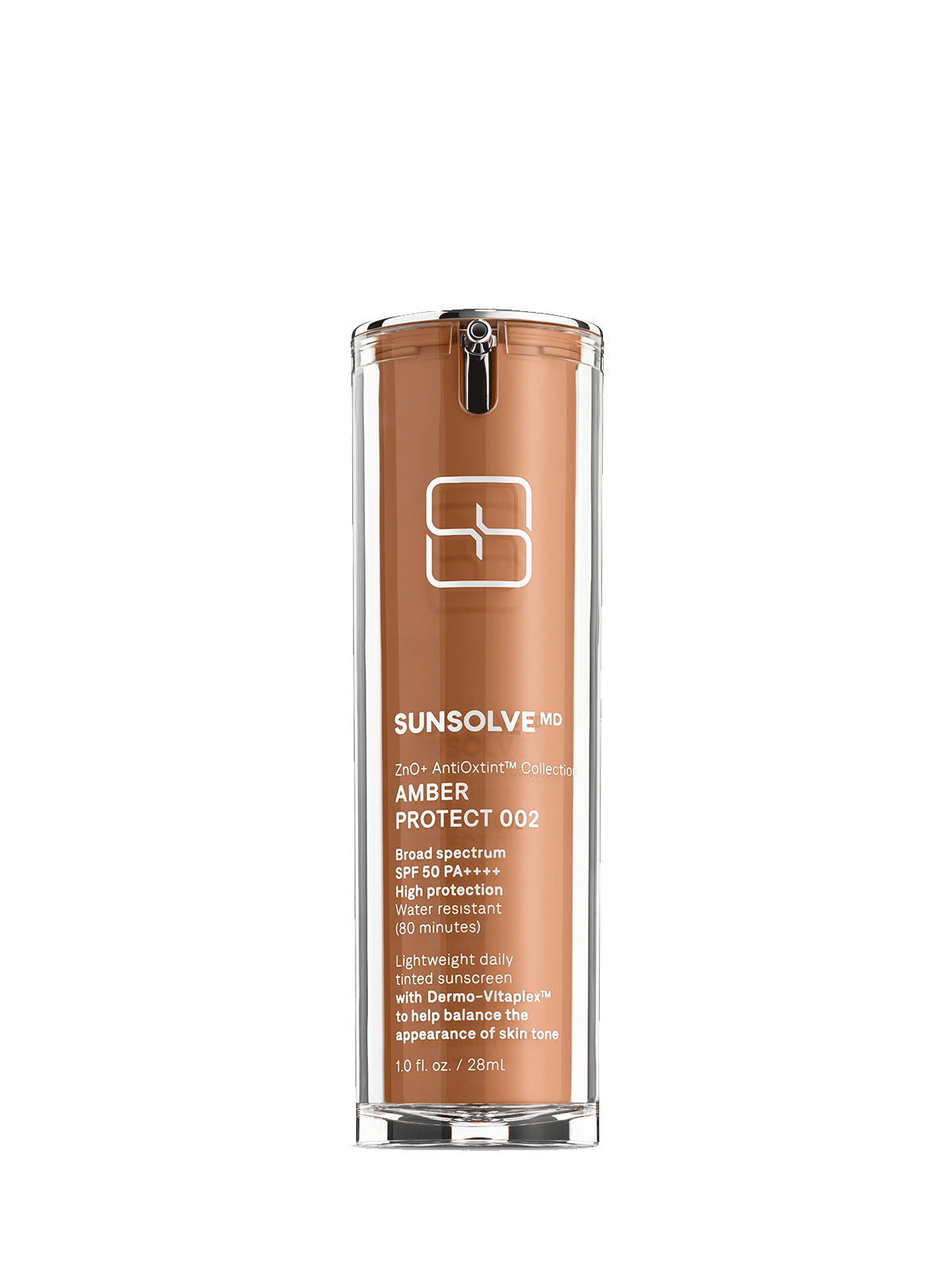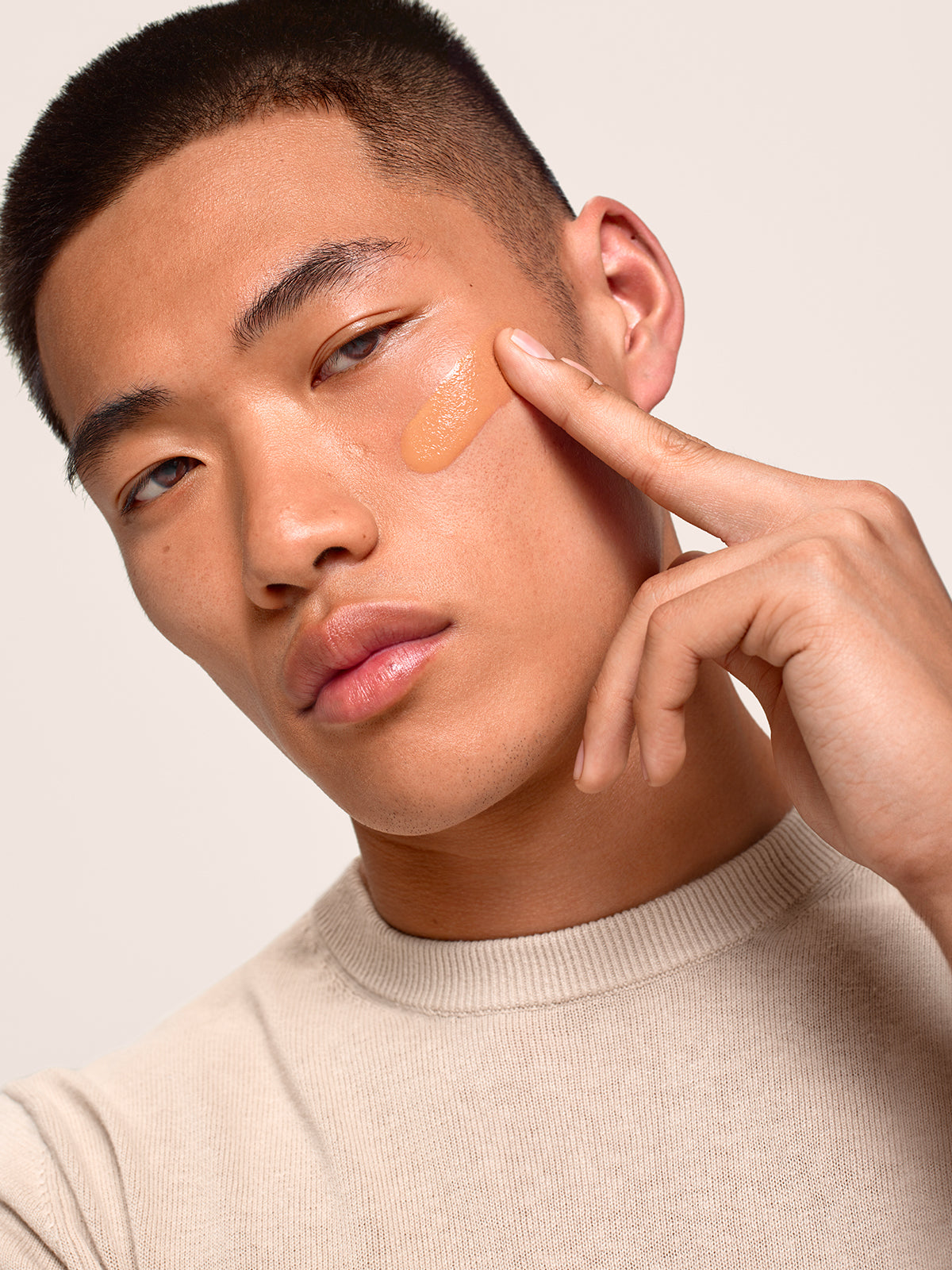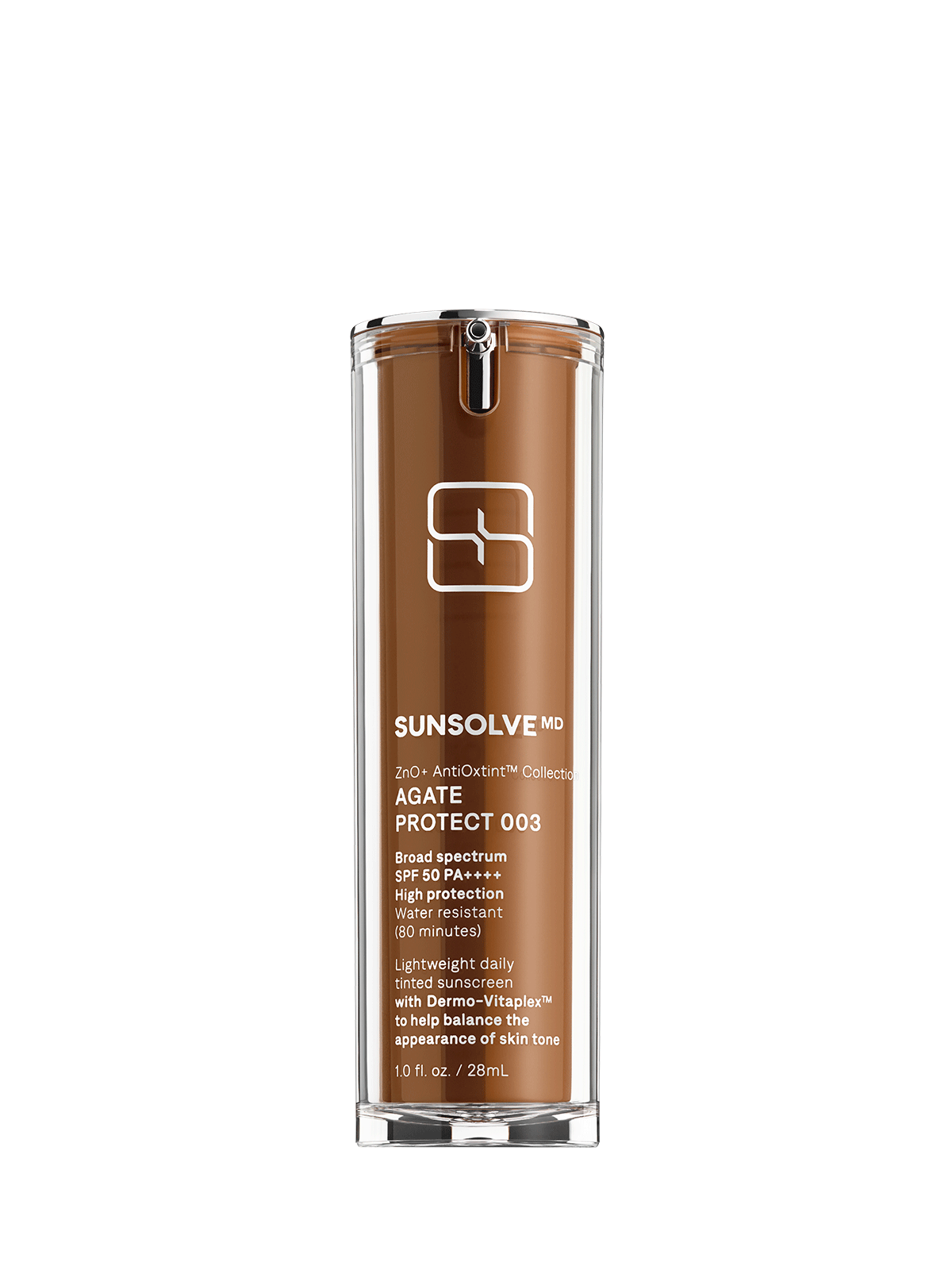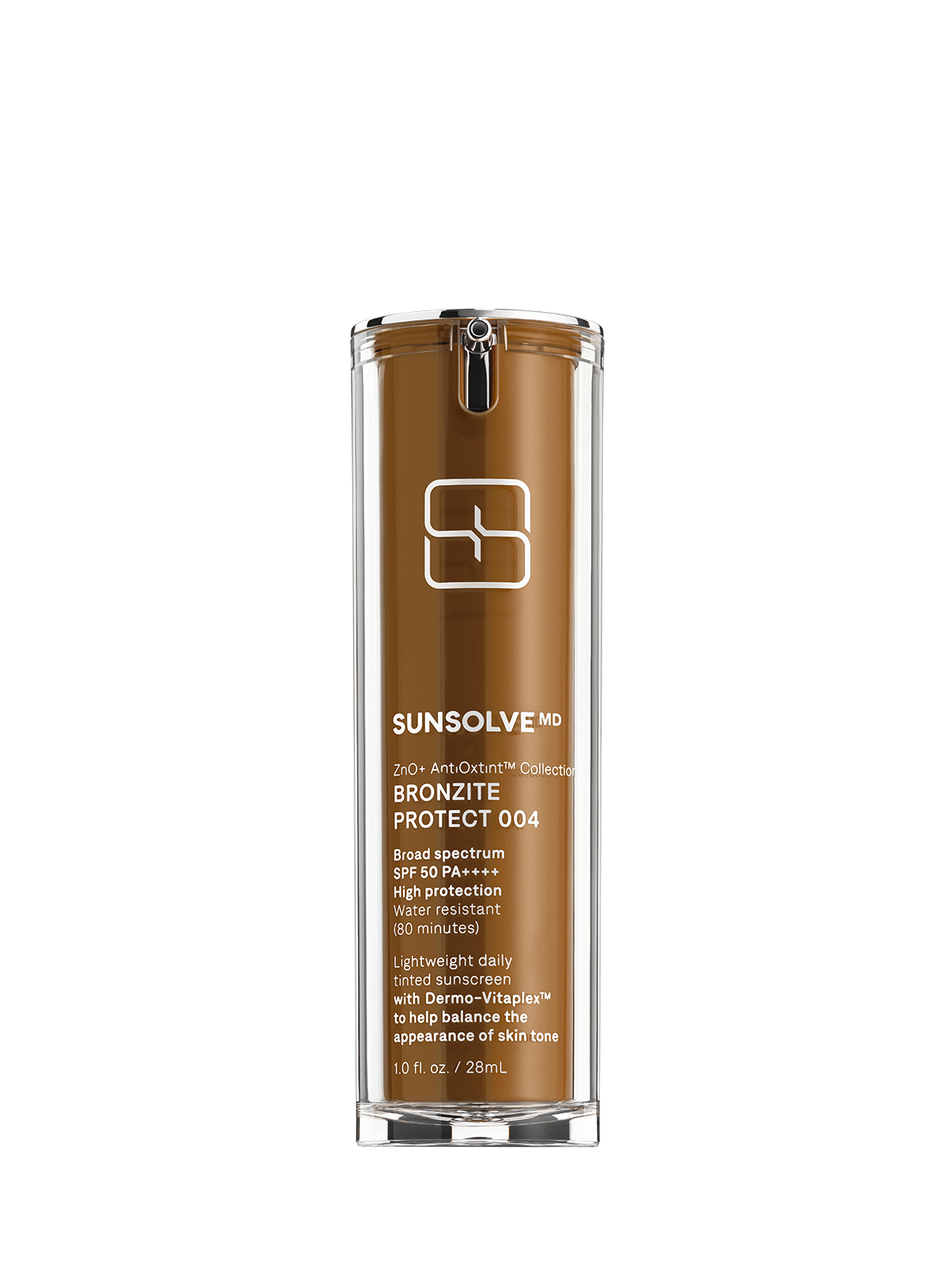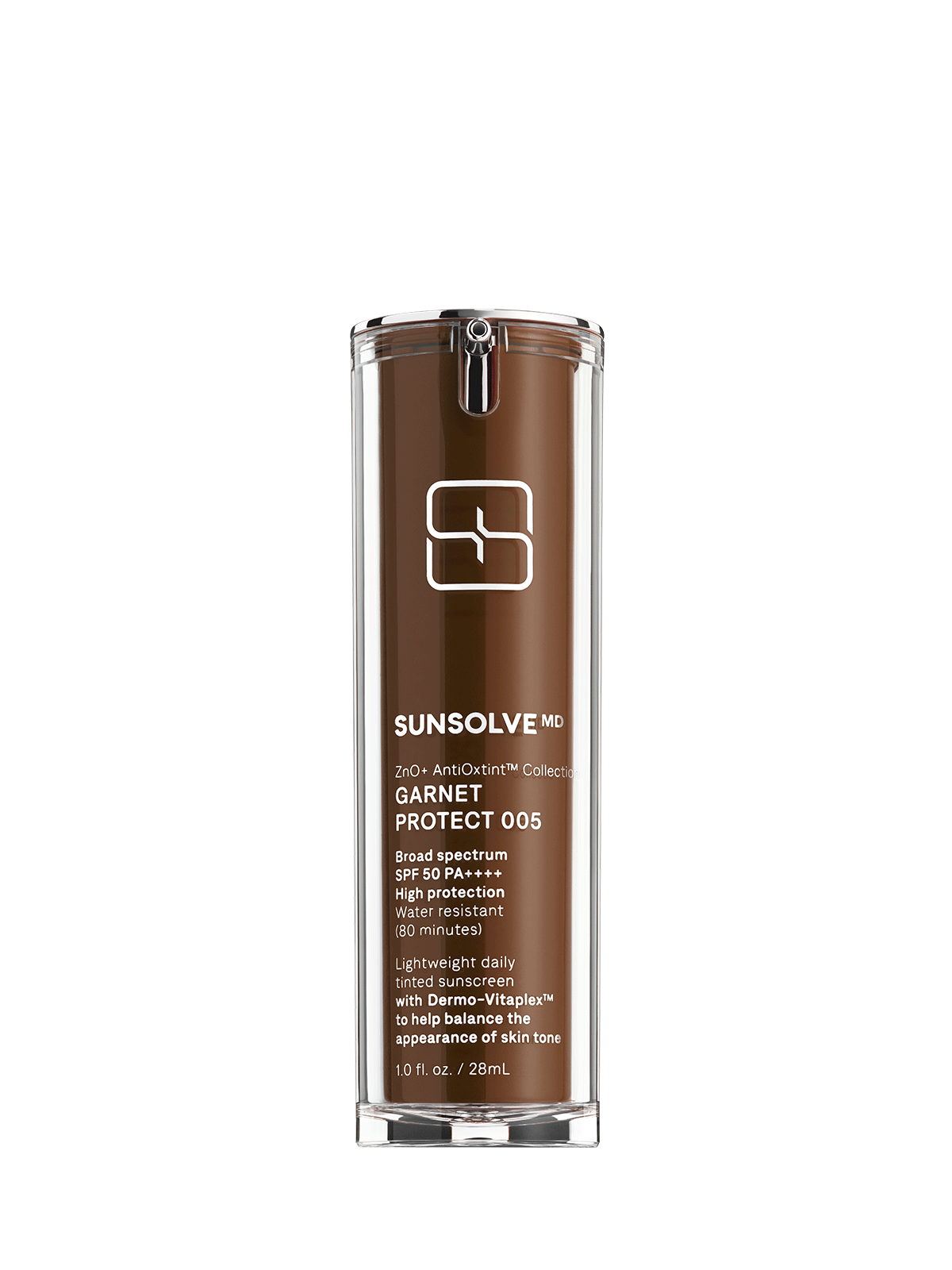
Vitiligo: Types, Symptoms, Causes, and Treatment
Vitiligo is an unpredictable autoimmune skin condition that affects millions of people worldwide. It occurs when the immune system attacks the cells that produce melanin causing patches of skin to lose their natural color, becoming lighter or completely white.
In the case of vitiligo, the most affected areas of the skin are those exposed to the sun, such as the hands, feet, arms, and face, but can also affect the scalp, eyes, and mucous membranes. While there is no cure for vitiligo, treatments are available to help manage the condition. Living with vitiligo can be difficult, but by following a regular skincare routine and avoiding triggers that can worsen symptoms, many people with vitiligo can find relief and improved skin health over time.
What are the different types of vitiligo?
The most common type of vitiligo is generalized vitiligo, characterized by symmetrical white patches on different parts of the body. These whitened patches typically appear on the hands and feet first and then may spread to other areas, such as the face, arms, and legs. This type of vitiligo is commonly associated with an underlying autoimmune disorder, such as thyroid disease.
Another type of vitiligo is segmental vitiligo, which affects a single area of the body, such as an arm or leg. The patches of white skin tend to spread over some time and are typically accompanied by itching or burning sensations. This type of vitiligo is not normally associated with an underlying medical condition and tends to be more common in children.
Acrofacial vitiligo is characterized by white patches on the face, hands, and feet. This type of vitiligo is believed to be caused by an underlying genetic or autoimmune disorder and is more common in people with darker skin tones.
What causes vitiligo
The exact cause of vitiligo is unknown, but it is believed to be related to a combination of genetic, immunological, and environmental factors:
Genetics
Genetics are thought to play a role in the development of vitiligo, as it tends to surface more typically with those who have a family history. In addition, genetic mutations of specific genes have been linked to an increased risk of vitiligo.
Autoimmune response
Vitiligo occurs when your body's immune system attacks and kills melanocytes, the cells responsible for skin pigmentation. There is evidence that people with vitiligo have an imbalance in the levels of certain chemicals in their bodies, such as a melanocyte-stimulating hormone. This imbalance may result in an overactive immune response, which then attacks the melanocytes.
Environmental factors
Exposure to certain chemicals, such as those found in certain cosmetics, topical medications, and industrial chemicals, has been linked to an increased risk of developing vitiligo. In addition, sunburns and other traumatic injuries to the skin may trigger the development of vitiligo.
Stress
Stress is known to weaken the body's immune system and can lead to various conditions, including vitiligo. Studies have found that people with vitiligo are more likely to report high levels of stress than people without the condition. A wide range of factors, including work, relationships, financial difficulties, and health problems can cause stress. It is essential to be aware of the signs of stress and to take steps to manage it.
How to treat vitiligo?
The good news is that with vitiligo, there are many treatment options to choose from. Finding the correct treatment depends on the condition of your vitiligo. Here is a breakdown of the possible options:
Topical steroids are one of the most potent anti-inflammatories and can be effectively used to repigment the affected area. These medications contain a synthesized form of melanin, which can help restore the affected area's natural color. Vitamin D helps to stimulate melanin production and can help reduce the symptoms of vitiligo.
Oral steroids are another option for those with vitiligo, as they help reduce inflammation and may improve the appearance of the skin. However, this treatment option should be used cautiously and with careful monitoring from your dermatologist, as there are potential side effects.
Light therapy is beneficial for treating skin conditions, including vitiligo. For this treatment, a dermatologist exposes the affected area to a controlled amount of a narrow spectrum of UVB light light regularly. The light provides anti-inflammatory and pigmentation properties without the increased risk of skin cancer than normal sunlight exposure.
This type of therapy can help restore the skin's natural color and reduce its discoloration. The effectiveness of light therapy for treating vitiligo varies from person to person. You should be aware that light therapy may not be effective for everyone and that other treatments are available.
Surgery is an option for those with severe cases of vitiligo. Tissue grafting involves taking skin from a pigmented area to a depigmented area. This can help to restore the natural color of the affected area.
Boosting your immune system
We all know that what we put on our plates helps us to improve our health and fight the stress that may occur in our everyday lives. This does not mean you have to follow a strict diet or take up an exercise routine. As long as you decide to make regular, balanced meals to keep your body running at its optimal level, it will make all the difference. Head to your local market and stock up on fruits,veggies, high-fiber food like lenses and beans, quality protein sources, and other whole foods.
While there is not enough scientific evidence to support the natural route to treating vitiligo, a healthy diet rich in vitamins and minerals may help manage the condition. Here are some vitamins and minerals that can help with vitiligo. Make sure to consult your dermatologist so you can determine the best route for you.
Vitamin C
This essential antioxidant has many roles and is known for helping strengthen our immune system and lowering blood pressure. It helps to improve the antioxidant capacity of the skin and helps to reduce the oxidative damage caused by free radicals.
Vitamin D
The sunshine vitamin is essential for strong bones, a healthy immune system, and protection from diseases like cancer, heart disease, and diabetes. It plays a crucial role in sustaining healthy skin, including the production and maintenance of melanin. A deficiency of Vitamin D can cause the skin to become light or even white. Taking Vitamin D supplements may also help to improve vitiligo symptoms.
Vitamin E
Helps to protect the skin from free radical damage. Best known for its antioxidant properties, Vitamin E can also help to reduce inflammation and promote skin healing. Some studies have shown that Vitamin E can help to improve the appearance of vitiligo patches.
Zinc
A mineral that helps to stimulate the production of melanin, and even mild deficiencies can lead to dry and rough skin. If you are looking to improve your skin naturally, zinc-rich foods like oysters, chickpeas, cashews, and beans are excellent sources.
Selenium
One of the lesser-known minerals, selenium is a powerful antioxidant excellent at neutralizing free radicals and keeping your metabolism happy. This powerful protector can help you fight disease generally.
Why is mineral SPF important for vitiligo?
Finding the right sunscreen can be hard when you have vitiligo, so look for products that offer coverage, protection, and active ingredients to keep your skin glowing.
Sun exposure and vitiligo are closely related, and the effects of the sun can be both positive and negative for those with the condition. Sun exposure is considered a potential trigger or exacerbating factor for vitiligo. On the one hand, sun exposure can worsen vitiligo by triggering the body's immune response and leading to further skin depigmentation. Sunburn can also cause inflammation and further damage the melanocytes. For this reason, those with vitiligo need to take steps to protect their skin from the sun, such as wearing sunscreen and avoiding direct exposure to the sun during peak hours.
Moderate sun exposure can also be beneficial if you have vitiligo, as sunlight is known to stimulate the production of melanin the pigment that gives skin its color. Make sure your mineral sunscreen has a high coverage (50 SPF) and protects from both UVA and UVB lights. One of the biggest benefits of mineral sunscreen for those with sensitive skin is that it is less likely to irritate. Many chemical sunscreens contain fragrances, preservatives, and other artificial ingredients that can cause irritation and breakouts in those with sensitive skin. On the other hand, mineral sunscreen is made with natural ingredients that are less likely to cause an adverse reaction. In addition, mineral sunscreen is often non-comedogenic, meaning it won't clog pores.
SunsolveMD formulas provide invisible, lightweight and broadspectrum sun protection that doubles as skincare, delivering potent active ingredients for revitalizing the skin's barrier.
SunsolveMD Calming Mineral SPF50 has been specially designed for sensitive skin types. Formulated with SunsolveMD's anti-redness complex, this nourishing, rich mineral SPF formula visibly corrects the look of skin redness and offers a calming, restorative effect to the skin
SunsolveMD CeraPol-3 Technology TM: patented anti-inflammation technology is designed to soothe the skin's barrier at the lipid level.
SunsolveMD Bio-Phenol-5 ComplexTM: an anti-radical polyphenol defense complex to protect from even the toughest environmental stressors.
All SunsolveMD products contain only good-to-skin benefits:
- non-nano zinc oxide mineral base
- Reef safe
- Non-comedogenic
- Fragrance-free
- Paraben free
- Palm oil free
References
Frisoli ML, Essien K, Harris JE. Vitiligo: Mechanisms of Pathogenesis and Treatment. Annu Rev Immunol (2020), https://pubmed.ncbi.nlm.nih.gov/32017656/
Falabella R. History and Chronology of Development of Surgical Therapies for Vitiligo. In: Surgical Management of Vitiligo. Oxford, UK: Blackwell Publishing Ltd (2007), https://onlinelibrary.wiley.com/doi/10.1002/9780470987568.ch5
Picardo M, Dell’Anna ML, Ezzedine K, Hamzavi I, Harris JE, Parsad D, et al. Vitiligo. Nat Rev Dis Primers. 2015 Jun, https://pubmed.ncbi.nlm.nih.gov/27189851/

